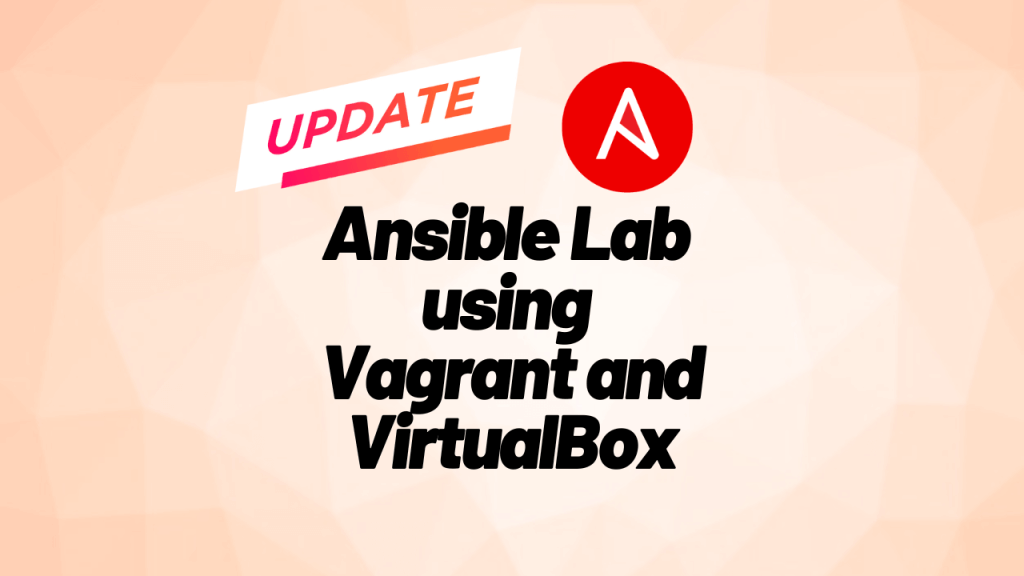
I am happy to announce the updated version of the Ansible Lab code, based on the valuable feedback from our incredible learning community! This lab is designed to provide you with a hands-on experience in Ansible and is a part of the “30 days of Ansible” free course.
Highlight: One of the key advantages of our Vagrant-based Ansible Labs is their immutability. You can destroy and recreate the lab environment as many times as you want, enabling you to experiment, learn, and iterate without limitations. Embrace the power of immutability and unlock endless possibilities for honing your Ansible skills!
Let’s dive into the new features that make this Ansible Lab:
- Based on Fedora 38: The lab environment now utilizes the latest version of Fedora, ensuring you have access to the most up-to-date features and enhancements.
- Latest Ansible Version: The control node is equipped with the latest version of Ansible, empowering you with the cutting-edge capabilities of this powerful automation tool.
- Multiple Remote Nodes: You can now control the number of remote nodes according to your needs. Simply adjust the count using the variable ANSIBLE_REMOTE_NODES in the Vagrantfile, enabling you to practice various scenarios and configurations.
- SSH Key Pair Generation: An SSH key pair is automatically generated for the Ansible control node, and the public key is securely distributed across the remote nodes. This streamlined process ensures seamless communication and secure access between the control and remote nodes.
- Initial Ansible Inventory File: To jumpstart your Ansible journey, an initial Ansible inventory file named sample-inventory is created with pre-defined node details. Additionally, the /etc/hosts file on the control node is updated, facilitating easy management and configuration.
We value your input! If you feel that any crucial features are missing or have any suggestions, please don’t hesitate to comment below or add an issue on the GitHub repository. Your feedback helps us make this lab even better for the entire community.
Start exploring the enhanced Ansible Lab today by visiting the GitHub repository:
Also check,
- How to Create a FREE Ansible Lab in Public Cloud (AWS, GCP, Azure)
- Use Terraform to Create a FREE Ansible Lab in AWS
You can access the 30 Dyas of Ansible course.
